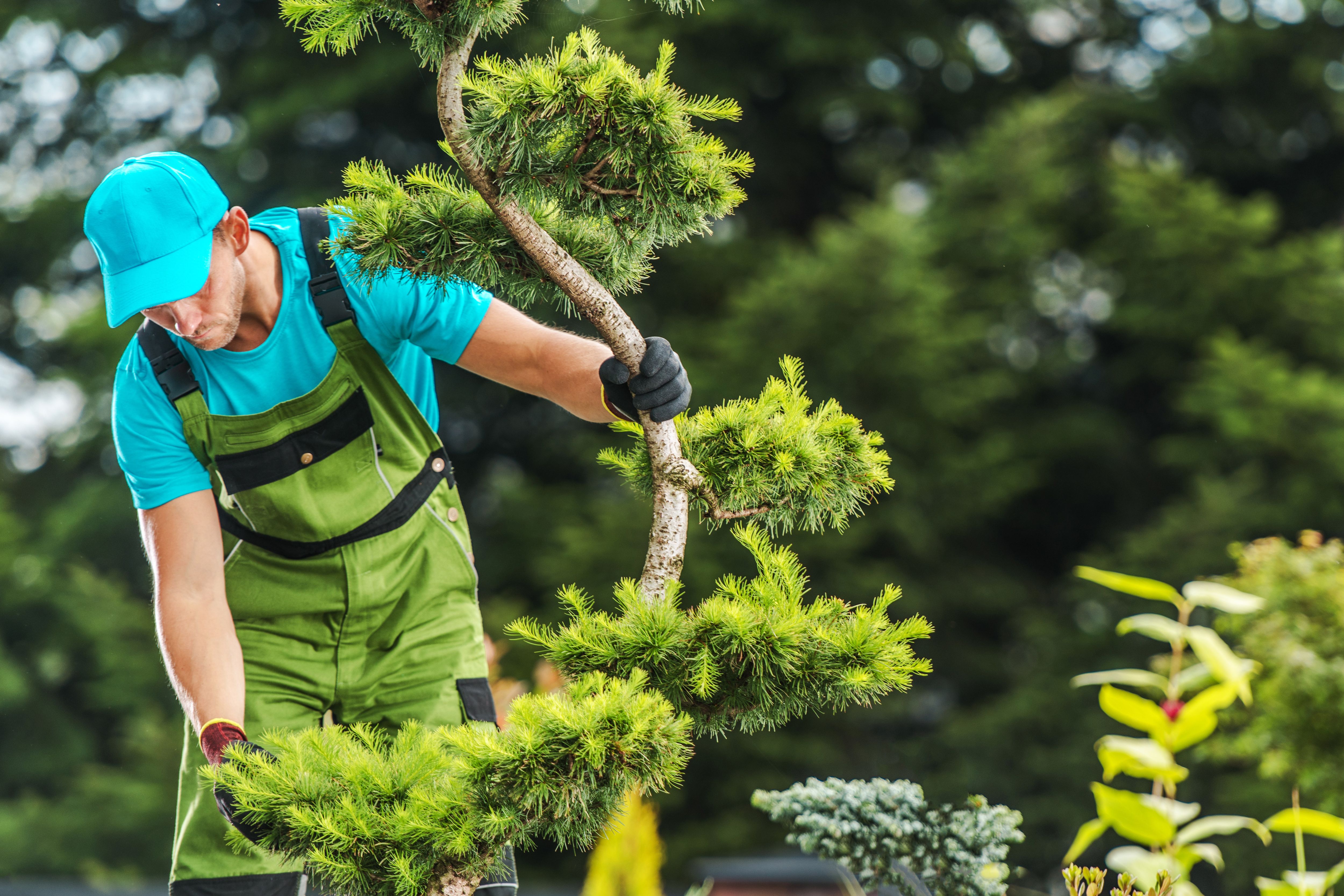
Spring marks the start of new growth, but it also offers something equally important—a chance to spot problems before they take hold. Trees are emerging from winter dormancy, and April is when they begin to reveal how they’ve fared through months of wind, cold, and wet soil. For arborists, this makes it the perfect time to check-in.
Whether you're looking after a garden, overseeing a large estate, or managing a site in development, an April tree survey can save time, money, and stress later in the year. It’s about catching early signs of trouble before dense foliage hides what’s really going on.
Why the Timing of a Tree Survey Makes All the Difference
A tree survey does more than look for obvious problems—it assesses structure, health, and safety in a way that helps shape future care. While these surveys can technically happen at any time, the detail and accuracy you get from an April inspection are hard to beat.
In April, most trees haven’t yet come into whole leaf, so the branch structure is still visible. At the same time, new buds are starting to form, giving arborists early clues about vitality and growth. It’s that sweet spot between dormancy and full growth—ideal for spotting weaknesses before summer’s foliage hides them.
What Winter Really Does to Trees
Winter might seem peaceful from the outside, but it can leave trees stressed and vulnerable. Storms, prolonged cold snaps, waterlogged ground, and heavy snow can all take their toll—though the damage isn’t always easy to spot straight away.
Come April, the picture becomes more apparent. Telltale signs of winter stress might include:
- Bark splitting due to freezing and thawing
• Broken limbs hidden by bare canopies or snow
• Patchy bud development
• Shifting of the root plate after waterlogging
• Deadwood standing out more as new shoots begin to emerge
An April survey allows arborists to identify these problems while there’s still time to act, especially before growth speeds up or strong spring winds arrive.
Why Checking Trees Before They Fully Leaf Out Matters
Once trees are in full leaf, it’s much harder to see what’s going on beneath. Dense canopies block the view of key structural features like trunk joins, old wounds, or developing cracks.
In April, visibility is still excellent. Arborists can:
- • Spot cracks or decay in limbs and stems
• Check how previous pruning wounds are healing
• Evaluate branch distribution and crown balance
• Identify any early fungal growth or pest activity
• Inspect bracing or cabling systems for wear
This kind of clear view makes inspections more accurate and planning more straightforward. If any pruning or corrective work is needed, it’s safer and simpler to carry out before full leaf cover gets in the way.
Buds, Shoots, and Subtle Clues
April also brings subtle but revealing signs. Buds and shoots may look tiny, but their presence, strength, and uniformity offer clues about the tree’s inner health. Uneven budding or weak shoots can indicate problems with water uptake, root health, or nutrient availability.
These early indicators allow arborists to recommend supportive treatments like mulching, soil conditioning, or targeted watering—before the growing season kicks into full gear. Spotting pests or diseases at this early stage also makes them easier to treat, often preventing wider outbreaks.
April Is a Smart Month for Planning Ahead
An early survey isn't just about spotting current issues—it sets the tone for tree care over the coming year. Arborists can use what they see in April to:
- •Schedule essential pruning or bracing at the right time
• Budget more accurately for maintenance work
• Provide documentation for insurance, planning, or legal needs
• Flag any tree preservation matters that need council input
If you’re planning landscaping changes or construction work, an April survey can highlight any root zones or canopy areas that might be affected. Knowing this early allows for careful planning—before machinery arrives and plans are too far along to adjust.
Why Homeowners and Land Managers Shouldn’t Wait
For homeowners, early inspections help avoid the risk of falling branches or tree failure—especially important with trees near footpaths, play areas, or neighbouring properties. It’s also the best time to assess appearance before summer gatherings and garden use pick up.
For more significant sites, early detection helps reduce liability, particularly if trees border public spaces or roads. Acting in April gives time to respond to problems before they become safety concerns or require urgent (and often expensive) fixes.
Healthier trees, longer lifespans, fewer surprises—that’s the goal. Regular spring surveys make that far more achievable.
Avoid the Delays That Come Later in the Season
Wait until summer or autumn, and you might run into more red tape and practical challenges. Dense canopies limit what arborists can see. Bird nesting restrictions begin to limit what work can be done. And, often, arborists are fully booked.
In contrast, April tends to offer better availability, fewer obstacles, and faster turnaround. It’s also early enough to respond to pests or diseases before they take hold—especially as some of the most damaging outbreaks begin to appear with the warmer weather.
Laying the Groundwork for Year-Round Tree Care
A tree survey in April is more than a one-off check—it’s the first step in a longer plan. The insights gathered now can inform decisions for the rest of the year, whether that’s routine checks, pruning schedules, or updates to development plans.
Sites with multiple trees or long-term landscaping projects benefit even more. Clear records of past surveys help track changes over time, providing a history of care that’s useful for planning, budgeting, or selling a property down the line.
By starting early, you set your trees and plans up for a more manageable and predictable year ahead.
FAQs
Why is April better than May or June for a tree survey?
In April, the tree structure is still clearly visible before leaves obscure the view. This makes it easier for arborists to spot decay, cracks, or other concerns that may otherwise go unnoticed in the summer months.
Can I still arrange a tree survey if it’s already May or later?
Yes, surveys can happen any time, but visibility becomes more limited. If something urgent is suspected—like a damaged limb or deadwood—it’s still worth booking in, even outside the ideal window.
Do tree surveys in April disturb nesting birds?
No. The survey itself is non-invasive and doesn’t involve cutting or interference. However, if tree work is recommended afterwards, nesting must be considered and scheduled appropriately.
If you're in need of a tree survey service, Treework Environmental Practice is a top choice.
© Treework Environmental Practice

 Log in with Facebook
Log in with Facebook 









